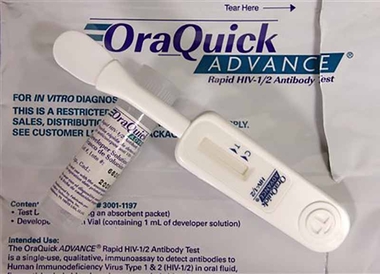Women also at risk for HIV infection

by Mary Turner
HIV/AIDS Health Columnist
When we talk about HIV/AIDS, the conversation usually focuses on gay men. For a plethora of reasons, men who have sex with other men (MSM) place themselves at greater risk of infection. However, viruses tend to be equal opportunity infectious agents, and women are also impacted by HIV.
Although new diagnoses of HIV in women has declined in recent years, infections in heterosexual women still constitutes nearly 20 percent of new HIV diagnoses each year and approximately 25 percent of new AIDS diagnoses. Of those women who are newly diagnosed with HIV each year, only about half are retained in medical care.
Only 39 percent of women living with HIV in 2012 were prescribed antiretroviral therapy (ART) and only 30 percent of those women achieved viral suppression. In a heterosexual sexual relationship, the receiving partner is at greater risk of contracting HIV (both through vaginal and anal sex) than the insertive partner.
Black women are infected at a disproportionately higher rate than are Latina/Hispanic women and white women. Heterosexual women most often contract HIV through unprotected sexual activity although a smaller percentage (approximately 13 percent) contract the virus through injection drug use. About 11 percent of the women infected do not know they are infected.
The National HIV/AIDS Strategy for the United States: Updated to 2020 outlines goals for policy makers, practitioners, and individuals to reduce the incidence of HIV infection in the United States.
Goal 1 is to reduce new HIV infections. Because HIV/AIDS isn’t a hot news topic today, most people go about their daily lives without giving much thought to how their behaviors can put them at risk. Unfortunately, HIV/AIDS is still a health epidemic and people need to understand the importance of prevention and early detection. People at greatest risk of exposure and infection tend to be poor, less well educated, and less able to access resources to keep themselves healthy.
Goal 2 is to increase access to care and to improve health outcomes for people living with HIV. One tenet of the Affordable Care Act was to prevent discrimination against persons living with HIV/AIDS by insurance companies. However, the insurance industry is constantly working to find ways to avoid providing care for infected individuals and many health care professionals still provide no care or substandard care to HIV+ clients.
Goal 3 is to reduce HIV-related disparities and health inequities.
Goal 4 is to achieve a more coordinated national response to the epidemic. There must be a concerted effort at all levels of government, health care providers, and communities in order to effectively control HIV infections.
One step in the right direction is for people to recognize that HIV affects us all in one way or another. Unlike people, the virus doesn’t discriminate. As we prepare to celebrate women who are mothers this month, let’s remember all women and take steps to insure that our health and well-being are priorities.
You can read the entire “National HIV/AIDS Strategy” at www.aids.gov/federal-resources/national-hiv-aids-strategy/nhas-update.pdf.
The Gayly - 5/21/2016 @ 8:00 a.m. CDT





